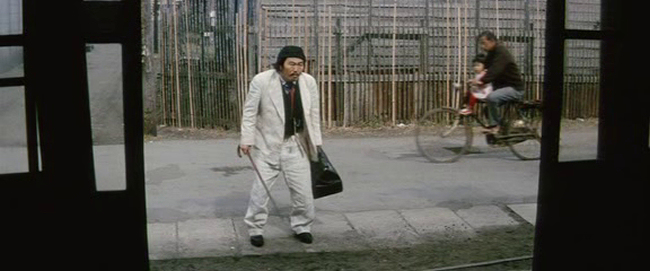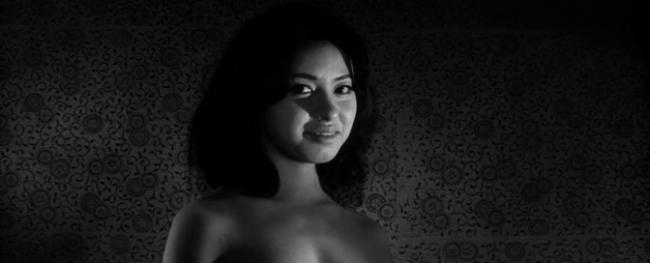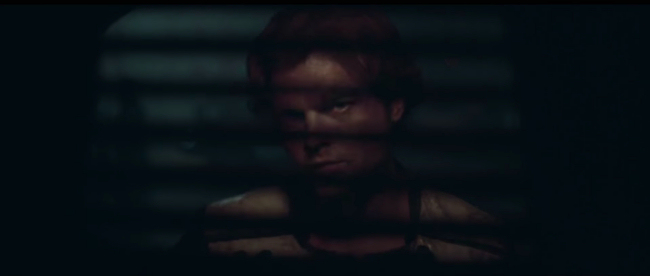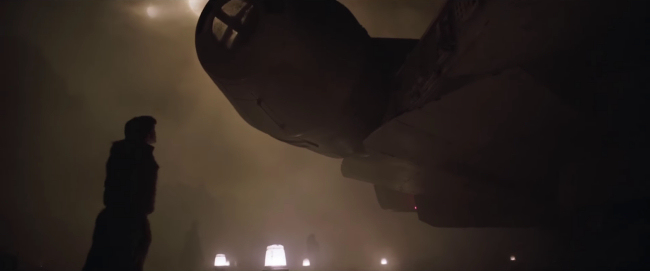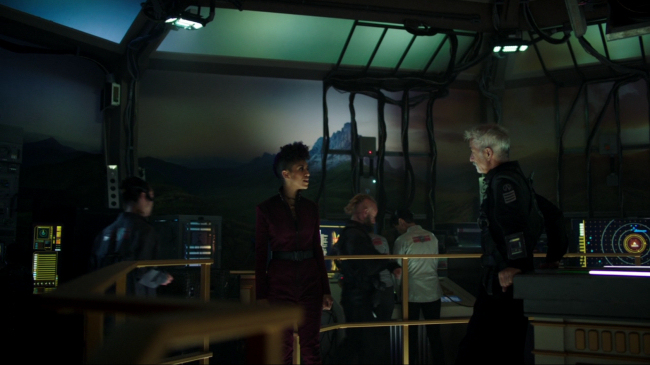
No Avasarala on last night's new Expanse but it was still pretty good. Lots of good character moments, good performances, and a nice cliffhanger ending.
Spoilers after the screenshot

We begin with Holden (Steven Strait) trying to get aholden of himself in the blue head of the Rocinante. I feel for anyone trying to do makeup in there.
It's no surprise Holden's unsure of his own state of mind because he's started having visions of Miller (Thomas Jane) roaming the ship, rambling things about his old job as a detective.

It's nice seeing Jane again. I wish he were back as his old self but I do like the idea of his stories about his job as an investigator being clues for dealing with the protomolecule ring. Holden not having seen his hat before now was a nice touch.

Meanwhile, looks like Anna (Elizabeth Mitchell) is almost flirting with a fun lady at the table with religious dignitaries. I wonder who gets to have the dessert sushi in the centre of the table.

But Anna's eye is drawn away by another beautiful woman. Can't think why.

Nice to know some vestiges of fan service live on. But then I'm sure yoga pants are very practical for sleeper assassins.
On a completely non-pervy note, I really like Anna's green coat. She almost looks like a gender-swapped Peregrin Took.

I really like the brief moment between the two characters in the corridor. Nadine Nicole is pretty good as the assassin (looking up her character's name on Wikipedia I see someone has ever so helpfully put a spoiler there. If you, like me, haven't read the books, be warned). Both actresses play the emotions of the moment well, Mitchell with her evident compassion and Nicole with her conflicted emotions clear on her face. Something is definitely up with her. She seemed really freaked out by the murder she'd committed after she'd come out of whatever Hulked out state she went into.

It also allowed the episode to have some nice "hide the body" Hitchcockian tension. Her desperate solution for getting the corpse to fit in the hiding place she'd chosen was nice and weird while again hinting at the strangeness of what she goes through to get her super strength.

"Just what do you think you're doing, Dave? Dave, my mind is going. I can feel it."
The climax of the episode, with the fake video of Holden, was also filled with some nice Hitchcockian tension--of the "Wrong Man" variety this time. I think I remember a character saying that the video of Errinwright had been examined and confirmed genuine so presumably this footage of Holden will eventually be found to be a forgery. But obviously it didn't need a lot of time to achieve an effect. With concerns to-day about the approaching dangers of video that can be forged, this was a timely plot device.
It's only with the ghost of Miller that the Rocinante avoids certain doom but I guess we'll have to wait until next week to find out exactly how.
Twitter Sonnet #1119
Upon a rope the night distributes fobs.
Here and there the line'll kink and catch.
The waving tips describe a sea that robs.
Reflections 'twixt the foam reveal a fetch.
The trunks of hair enact the blinding woods.
A symbol read aloud obscured a thought.
Explosives moulder near the paper goods.
A sculpture slowly peels insistent rot.
A tennis court retains a pallid foot.
Some logic's woven late of silken string.
Beside a second box a third is put.
A folding number quites a needle's sting.
In circuit names for naming loops repair.
A copied shot the pixels will impair.



